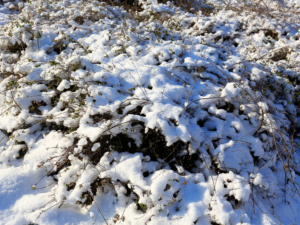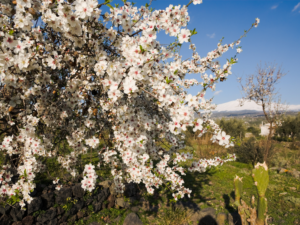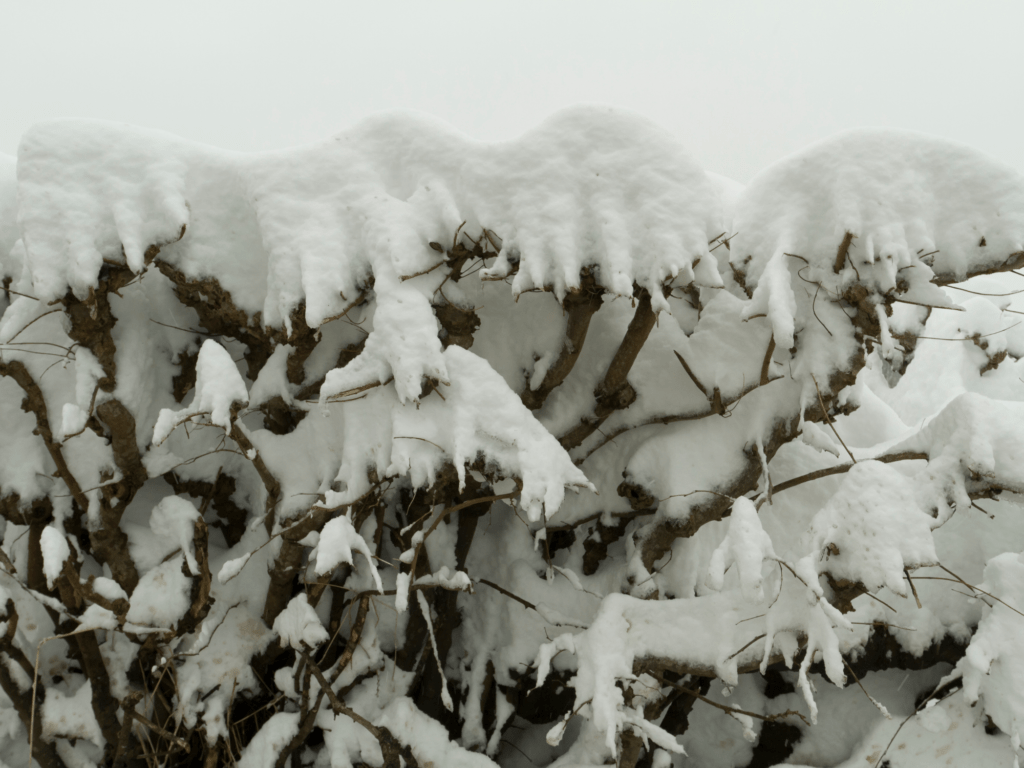Shrubs are a landscaping favourite: they provide a visual composition for your outdoor setting and offer beautiful colours even in the wintertime. They also protect your garden from the wind – and maybe even from snooping eyes.
However, shrubs are very susceptible to damage from the winter weather. You might not notice any problems until the following spring when shrubs are either in recovery mode or dying! Though harsh winter weather and voracious animal appetites can wreak havoc on your shrubbery, here’s how you can help them avoid all the dead branches, frostbite, and chewed bark that often come with winter.
The Challenges Shrubs Face In Winter
 It’s essential to prepare your plants in the fall. Any cold snaps that come too early can damage plant tissues that haven’t had a chance to harden for the winter – plants will acclimatize to the winter once they’ve detected the signs of its approach. Dry winds and winter sun can also dry out evergreen foliage, which continues to give off water vapour (called transpiration) in the winter. When the soil does freeze, the intake of water is interrupted, meaning the plants can’t replace any moisture lost through evaporation and transpiration.
It’s essential to prepare your plants in the fall. Any cold snaps that come too early can damage plant tissues that haven’t had a chance to harden for the winter – plants will acclimatize to the winter once they’ve detected the signs of its approach. Dry winds and winter sun can also dry out evergreen foliage, which continues to give off water vapour (called transpiration) in the winter. When the soil does freeze, the intake of water is interrupted, meaning the plants can’t replace any moisture lost through evaporation and transpiration.
When the weather is inconsistent, shrubs can also suffer. A thaw can trick plants into coming out of dormancy too early in the season, and the subsequent cold will kill tender growths. Any cycles of freezing and thawing can lead to new plants being heaved out of the ground, exposing roots to the wind and sun.
The bright sunlight can heat dark tree bark, thawing it out; when the temperature falls after sunset, the water in the plant’s cells can refreeze and crack; this is a problem called sunscald. There are also animals like deer, mice, and rabbits; they like to gnaw on bark, twigs, and any remaining leaves for food during the long, cold season.
What Can You Do To Protect Your Shrubs From The Winter Elements? Create The Proper Conditions In Fall!
The best winter protection starts with care during the growing season and in the fall. A shrub struggling during the spring and summer – from insufficient sunlight, nutrients, and water or damage from insects or disease – will go into winter very vulnerable to the elements. Healthy plants are more likely to get through winter unscathed!
While you can’t go back in time to spring and summer, there’s a lot you can do in autumn to prepare your ornamental plants. For example, water newly planted shrubs thoroughly until the ground freezes. A thorough watering twice a month during the mid-to-late fall should be enough for most soil conditions, though more or less may be necessary depending on the drainage on your property.
Once the ground is frozen, apply several inches of mulch around the base of the plant for insulation. The mulch will help keep the soil from thawing that could lead to heaving. Keep the mulch several inches away from the trunk to prevent rot and discourage rodent chewing.
Protect Your Shrubs Using A Winter Covering
 You should install winter coverings after the first frost; do not put them up too early in the fall, or else you could prevent the plants from hardening off. Drive three or four stakes into the ground around the plant and wrap them with burlap or canvas cloth.
You should install winter coverings after the first frost; do not put them up too early in the fall, or else you could prevent the plants from hardening off. Drive three or four stakes into the ground around the plant and wrap them with burlap or canvas cloth.
You can also cover the shrub directly in a burlap sack, but staking the burlap around it creates a more effective screen against wind, snow from snow blowers, and the spray of de-icing salts off the road. For this job, don’t use plastic wrap directly on the bark, as it can lead to harmful temperature fluctuations.
There’s still the matter of animals, and here’s where heavier-duty materials like plastic or wire come into play. Tree guards can keep animals from gnawing at the bark and chewing up your beautiful shrubbery.
If you need help winterizing your shrubs, call Brockley Tree Service today! We’ll help you manage the task and make sure all your plants are ready for the challenges of winter.

